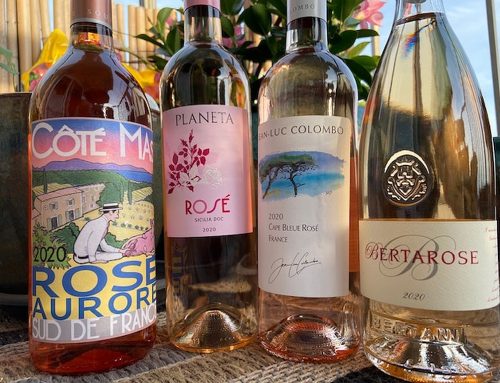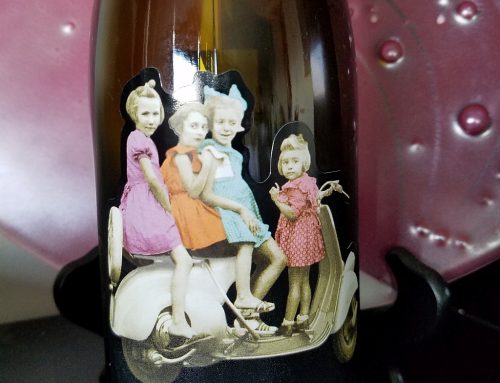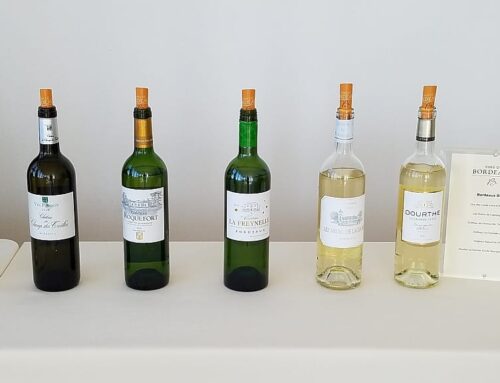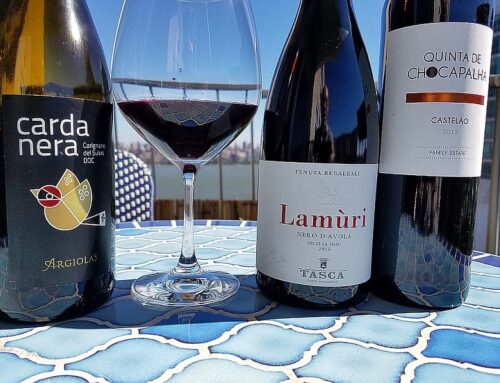A few years ago, I participated in a tasting of tawny port wines and chocolates. The intense aromas and flavors of the tawny ports and the decadent pleasure of the chocolates were incongruous with the antiseptic atmosphere of the convention center in Portugal where it took place. But the impact on my palate, and the pleasure sensors in my brain, made a lasting impression. The mood of Valentine’s Day will elevate the hedonism of this pairing.
Port wine originated in Portugal’s Douro Valley. Its name derives from the city of Oporto, from where it was shipped to England, Germany, Holland, and other European countries beginning in the 17th century. Today, the European Union protects the name Port within Europe, but it is unable to enforce that regulation on wineries in America, South Africa, Australia, and other parts of the world that put Port on the label of their sticky sweet wines.
Port is divided between ruby and tawny. At its simplest, rubies are ports that develop in the bottle; tawnies are ports that develop in the barrel. Tawnies gained their name by losing their color. Once red, the wine gradually relinquishes its hue by aging in barrels. The best tawnies are those that are labeled 10, 20, 30, and more than 40 years-old. These are made from the best grapes, often from the best vintages. There is a basic tawny port, about three years old, made from inferior grapes and, at times, blended with white port. This tawny is best avoided.






Leave A Comment